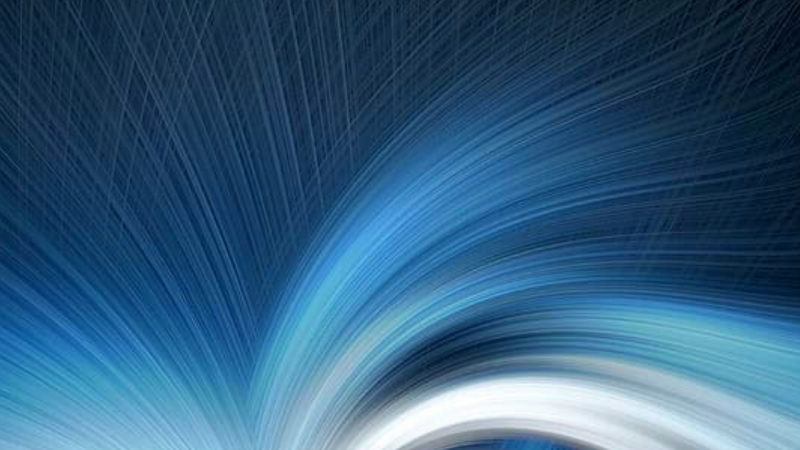
New theoretical work demonstrates how sequentially captured images of electrons can be used to show the evolution of electron movement
Biological and chemical reactions, such as photosynthesis, are a result of the movement of electrons between atoms. How this charge is distributed and in what direction it moves can indicate the different stages of the chemical reaction. This insight can help us understand these complex reactions better and possibly use the knowledge to design faster and more efficient ways to make chemicals and drugs. So far, the changes in charge distribution could only be expressed mathematically but it was not possible to view them via experiments.
In a recent study, Prof Gopal Dixit of the Indian Institute of Technology Bombay (IIT Bombay) and his group, along with researchers from Germany and France, have shown, for the first time, that it is possible to capture a video of the change in charge distribution in a chemical reaction while it is happening. In this study, published in the journal Physical Review Letters, the researchers show that sequential static images of atoms and electrons, captured using short X-ray pulses, contain information about the magnitude and direction of the change in charge distribution. Using analytical tools they demonstrated how this information could be used to visualise the electronic flux, a quantity that indicates the change in charge distribution.
Atoms, which are about ten-millionth of a millimetre, have electrons that revolve around a dense nucleus. X-ray scattering is a technique used to capture images of these tiny electrons moving at ultrafast speed. A very short X-ray pulse, which lasts about a billion billionths of a second, is shone on atoms or molecules, and the scattered light is captured. An image of the moving electron is then constructed using a mathematical analysis of the captured signal, resulting in a static picture of the electron, akin to a photo.
To make a video of moving electrons, researchers use time-resolved X-ray scattering. Using a laser pulse, they excite the electrons in an atom or molecule and make it unstable. While the electron is stabilising, they use the short X-ray pulses repeatedly and capture the successive scattered signals. A collective analysis of these signals results in a video of the electron movement.
In the current study, the researchers show mathematically that the data obtained from the time-resolved X-ray scattering contains information about the charge distribution as well as the evolution of this distribution. They show how the scattering data can be used to create a visual of this distribution. To demonstrate this, they used computer models to generate X-ray scattering data. In the computer simulation, they used a laser pulse to excite the electrons in a benzene molecule and collected the scatter data of simulated time-resolved X-ray scattering, while the electrons became stable again. They used the generated X-ray scattering data to construct videos of the electron movement and the electric flux.
The real-time insight into electric flux, while the electron movement is happening, opens the possibility of tracking the flow of electrons during a chemical reaction. In future, it could help researchers design chemical reactions or choose efficient catalysts to obtain desirable compounds.
The way ahead is for researchers to image the flux in experiments.In practice, the probing of fast reactions may be limited by how short the X-ray pulses are, and how fast we can fire those.
“We hope that this work will motivate scientists to carry out experiments and capture the electronic flux data” concludes Prof Dixit.
This article has been run past the researchers, whose work is covered, to ensure accuracy.






